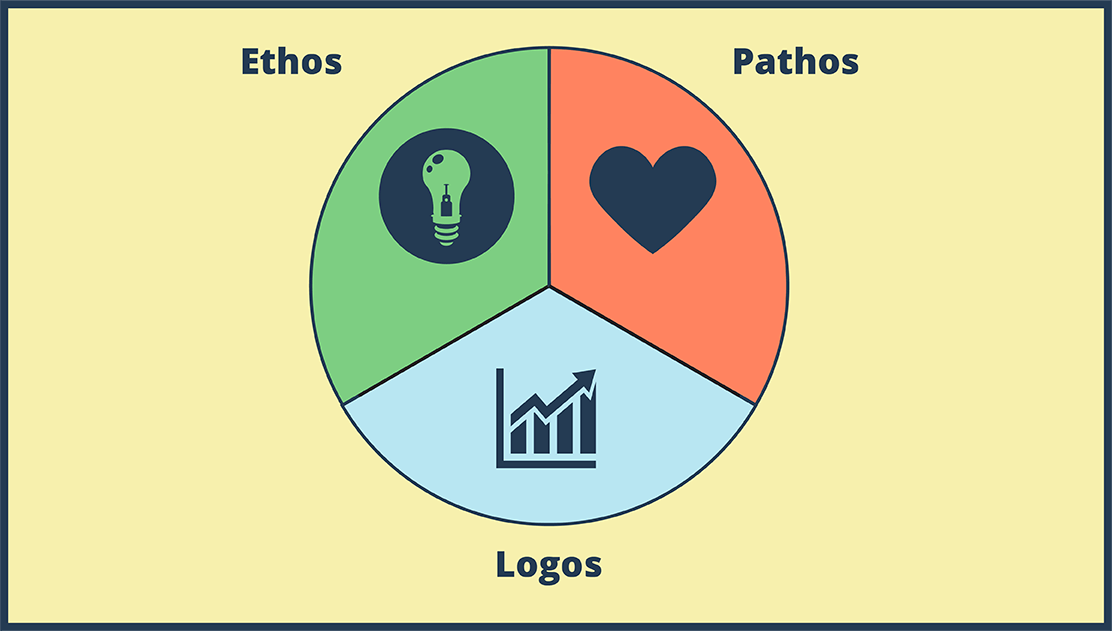Physiognomy in The Tragedy of Richard III: Richard III

You can find this storyboard in the following articles and resources:

Physiognomy in Literature
Lesson Plans by Kristy Littlehale
Physiognomy, the physical features and characteristics of a person that indicate personality, intentions, or other internal trait. plays an important role in literature by allowing the audience or reader to identify characters who have hidden intentions or motives.
'
Check out some of our other educational articles!
Storyboard Description
Physiognomy Examples - Richard III by William Shakespeare | Use T Charts to compare and contrast physiognomy in literature!
Storyboard Text
- Physiognomy: Evil Characters
- Physical Traits:
- Textual Evidence:
- Character Name:
- • deformed • walks with a limp • has one shoulder higher than the other which makes him hunchbacked • withered arm
- Richard III
- "And therefore, since I cannot prove a lover, to entertain these fair well-spoken days, I am determined to prove a villain, And hate the idle pleasures of these days. Plots have I laid, inductions dangerous, By drunken prophecies, libels and dreams, To set my brother Clarence and the king, In deadly hate, the one against the other."
Over 30 Million Storyboards Created




